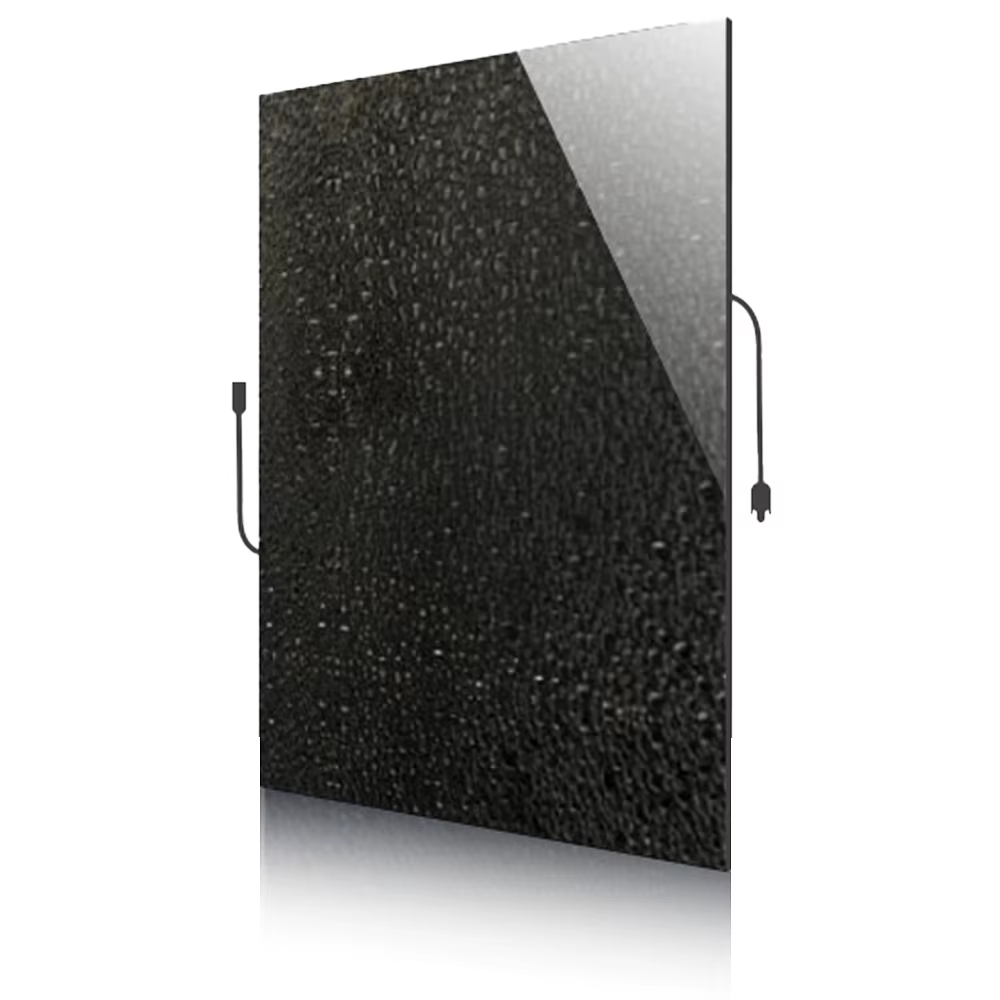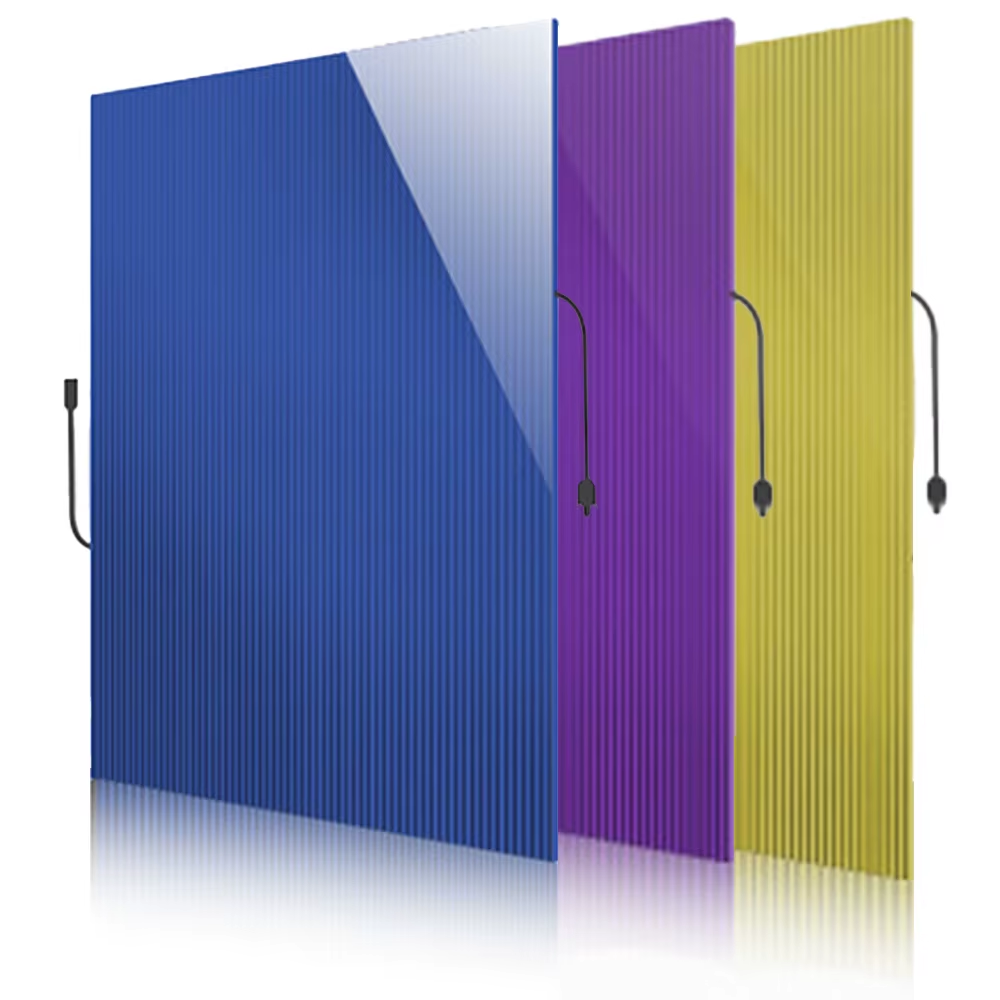Building glass is a key component of a building’s energy efficiency. As energy efficiency and green building practices increase, so have the technological developments of building glass. AVCON Solar (https://www.avcon-solar.com/) is a professional provider of solar and building energy solutions, and offers cutting-edge building glass for the modern sustainable and comfort-seeking building market. Understanding the performance advantages of building glass in heat-insulation and energy-saving will help understand how glass building materials decrease energy usage, and enhance indoor living and working experiences.
Building glass features exceptional electricity saving thermal insulation properties. Heat transfer between indoor and outdoor spaces is a guarantee of energy efficiency. Poor single-layer glass will allow heat during the summer months and the during the winter months heat is lost. This inefficiency in heat retention will the increase the demand for HVAC (heating, ventilation, and air conditioning) systems. AVCON Solar building glass such as double-layer or triple-layer insulated glass uses air or inert gas between glass panes to form a thermal barrier which will block heat transfer up to 70% of heat transfer and thus retain indoor heat.

Building glass excels at controlling solar radiation, which is a major factor in reducing cooling loads for buildings in hot climates. AVCON Solar’s building glass often includes special coatings like low emissivity (low-e) coatings or solar control films that selectively reflect or absorb certain solar rays. These coatings allow visible light to enter and “turn on” indoor spaces while blocking most heat-generating infrared rays. For example, low-e glass can reflect up to 90% of infrared radiation and prevent indoor air from being heated. This means less energy is needed to cool the building. For residential buildings using this type of building glass, summer cooling energy use can be reduced by 25%. Moreover, blocking ultraviolet rays protects indoor furniture, floors, and fabrics from fading, thereby extending their lifespan and enhancing energy efficiency. This balance of light transmission and heat control is what makes building glass a preferred option for energy-efficient design.
Thermal conductivity assesses how a material transmits heat. High levels of thermal conductivity represent poor insulation. Compared to traditional glass, AVCON Solar's insulating glass units and vacuum-insulated glass have significantly lower thermal conductivity. For instance, vacuum-insulated building glass's thermal conductivity is about 10 times lower than single-layer glass, meaning it barely conducts heat at all. This ensures that indoor temperatures remain constant, even while outdoor temperatures fluctuate throughout the day. For buildings in cold regions, that also means less cold air will pass through the windows, less running the heating system. AVCON building glass HVAC systems reduces the frequency of needed heating maintenance, improving building energy efficiency.
The glass meets direct energy savings building glass maintains windows. It also improves indirect energy efficiency by lessening unnecessary HVAC adjustments. Comfort is the other side of the energy equation. Old glass caused supporting energy to be wasted on temperature inconsistencies. AVCON Solar building glass closes that gap by improving heat insulation and protecting a constant, comfortable temperature.

Take, for instance, an office with glass windows. Workers near the windows won’t feel too hot in the summertime, which allows the central air conditioning system to run at higher (energy-saving) temperatures without affecting comfort. Also, some building glass soundproofing features (like double-layer insulated glass) reduce noise from outside making indoor spaces quieter and more pleasant to be in. This comfort translates to fewer energy-wasting thermostat adjustments and more sustainable building operation.
AVCON Solar incorporates solar technologies within the building glass and boosts the energy-saving benefits. Some of the company’s building glass uses thin-film solar cells, which allows windows to mini power generators! These solar heat-insulating glass panels produce electricity for the building ($$$) while providing heat-insulation and allowing light to come through the windows (that power the lights or small devices). A commercial building with solar-integrated building glass can, for instance, create up to 15% of its daily electricity needs from the glass itself. This heat-insulating glass which also generates electricity from solar proves decreased grid electricity reliance and heat transfer.
This lets us state that building glass can meet the objectives of renewable energy while pushing the limits of the glass industry.
Building glass can positively offer energy-saving heat insulating building glass the longest periods without replacement glass components on the building. This will greatly contribute to the long term building sustainability. For example insulated building glass uses durable gas-leak proof sealants between the panes to preserve insulation performance. This pair of patented self cleaning and scratch resistant coatings ensures building glass controls thermal energy of the glass building for decades. Unlike some energy saving materials which will lose insulating value within years and glass will maintain it for 20 to 30 years and require little to no maintenance. This long lifespan will glass building components offer to building owners. Reliable energy saving over a long period. Lowering the negative impact on the environment.
 Hot News
Hot News2025-02-25
2024-11-27
2024-12-17